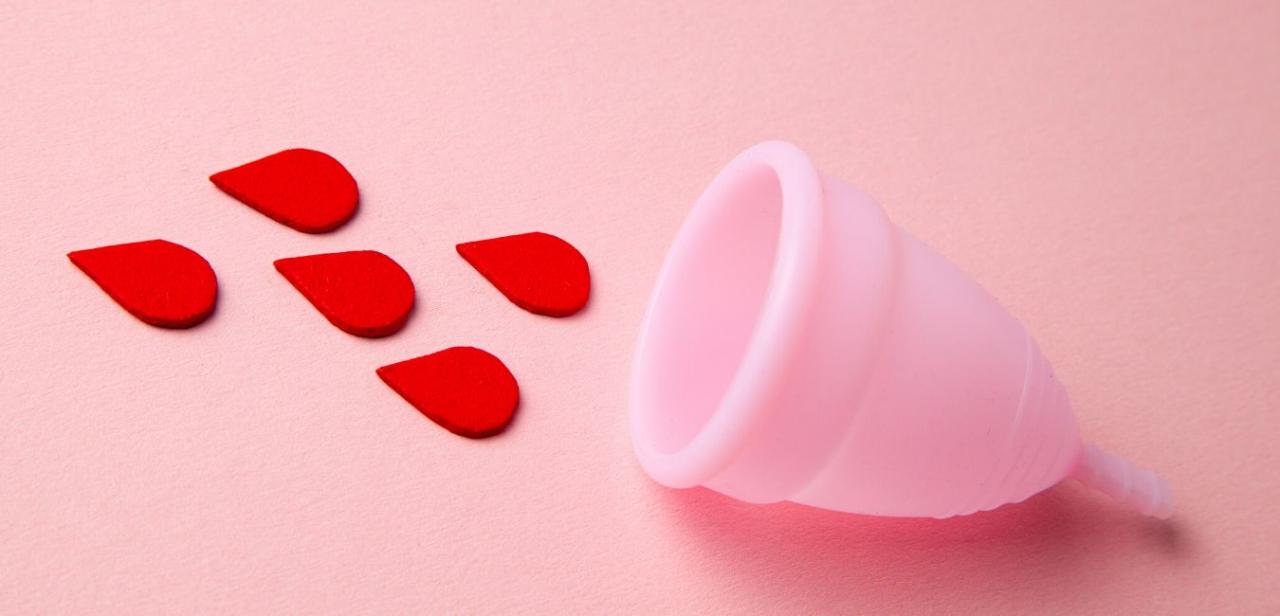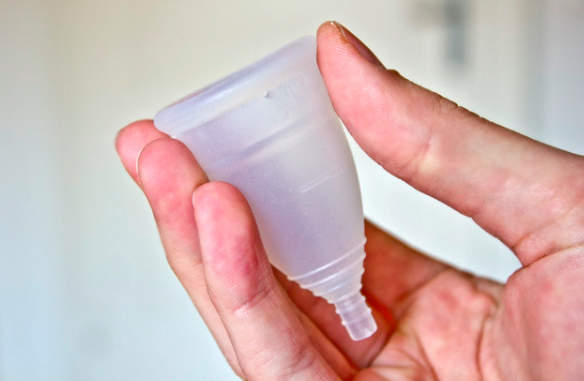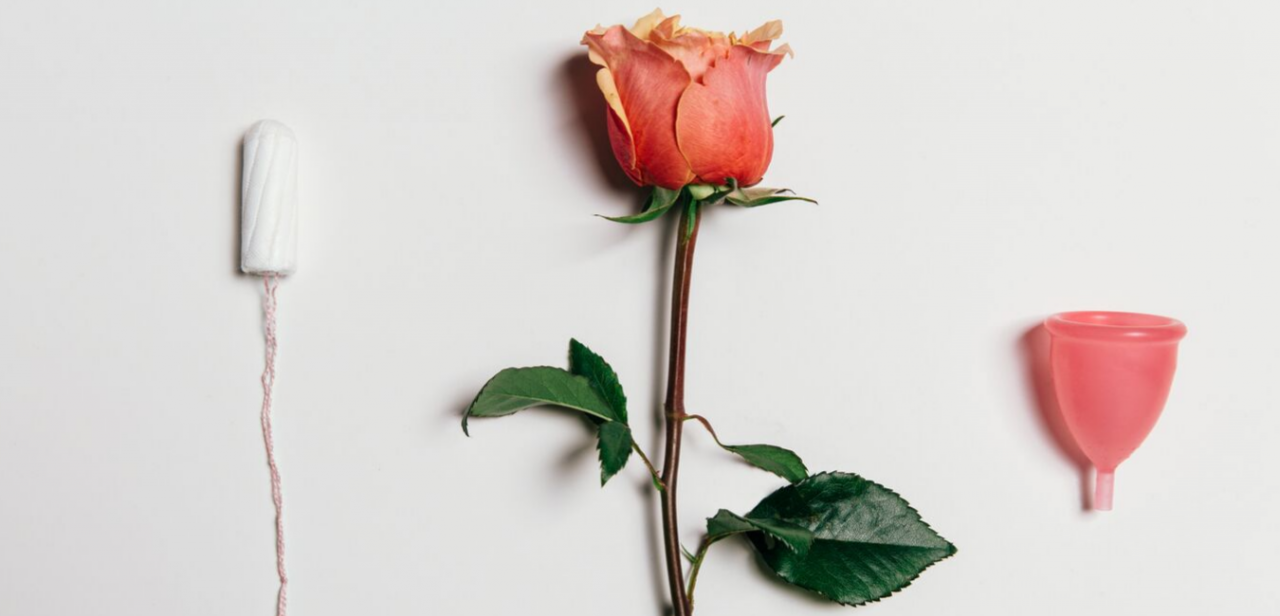Due to its money and Earth saving properties, in my own search for an alternative menstrual product, I am choosing to investigate reusable cups. However, as I stated in my other article, there are disposable options available as well, and if you are interested I highly recommend that you do some research on your own.
In scanning the marketplace, it seems there are two main brands of menstrual cups available for women; the Keeper and the DivaCup. While the function, efficiency and satisfaction gained from the two brands are for the most part identical, they do have three notable distinctions: the material they are made from, their shape and their lifespan.
Material:
The DivaCup is made to ensure that it will inflict no negative chemical side-effects to your body upon insertion; a latex-free, plastic-free and BPA-free silicone material with no additives or dyes. (Unlike certain tampons, which can sometimes be made with chlorine, a harmful chemical, or sprayed with an odorizer that causes yeast infections in many women.) The Keeper, on the other hand, is made from natural gum rubber – a clay colored, rawer form of latex. Luckily, the manufacturers of the Keeper accommodate for women with latex allergies who would prefer the Keeper’s shape and have recently developed the MoonCup – a menstrual cup made out of the same silicone as the DivaCup but with the same shape as the Keeper – a great (and often overlooked) compromise! Some women prefer the naturally muddy color of the Keeper to its clear MoonCup/DivaCup counterparts, as the gum rubber cannot discolor.
Due to their difference chemical compositions, care and cleaning of the cups vary slightly. While both require the same washing technique, (a twice daily wash and wipe down with a mild soap – the DivaCup manufacturers offer a specially made, very sensitive soap called DivaWash!) at the end of each period, DivaCup recommends that you boil your cup for 20 minutes, whereas Keepers can be run through the dishwasher or rinsed for three minutes in a mixture of nine parts water and one part vinegar.
Shape:
Both cups are able to fit in the palm of your hand, can hold about 30 ml (or 1 ounce) of liquid and have a rim around the top of the cup that allows it to create suction inside of your vagina, securing its location and preventing leakage. The DivaCup is slightly shorter and wider than the keeper, with a short tail that can be used to insert and remove the cup. The Keeper’s tail is longer (and has a longer slimmer body) facilitating use for women who are squeamish about reaching into their vagina to locate the cup. Many women using the Keeper actually snip this tail to fit their specific bodies, choosing how far it protrudes from the vagina. The DivaCup’s stem is already short, so no trimming is necessary.
Because they both hold the same amount, many women’s preferences end up being based on the shape and size of their vagina, which is unfortunately, a difficult thing to gauge without being able to try out the different brands. Luckily, both the DivaCup and the Keeper come in two different sizes; one for younger women or those who haven’t yet have children, and one for women over 30 with children.
Lifespan:
Whereas the Keepers live up to their name and can be used for a long time – 10 years! – I have found mixed information about the length of time a DivaCup lasts. Everyone who I’ve spoken with about using the DivaCup says they also will last for 10 years, but the DivaCup website recommends that the cup be replaced every year! This is something I plan to investigate further.
But what about the killer question: Cost? When it comes to spending money, the two options are remarkably similar. The DivaCup costs about $32.50 (not including shipping & handling) when you order online, and can be found in stores around the country (like Whole Foods) for about $37.00. Similarly, the Keeper/MoonCup cost $37.00 including shipping & handling. Either way it’s a steal!
Tune in again to hear from an expert on using and caring for the DivaCup! Post any questions below.





Add a CommentComments
There are no comments yet. Be the first one and get the conversation started!